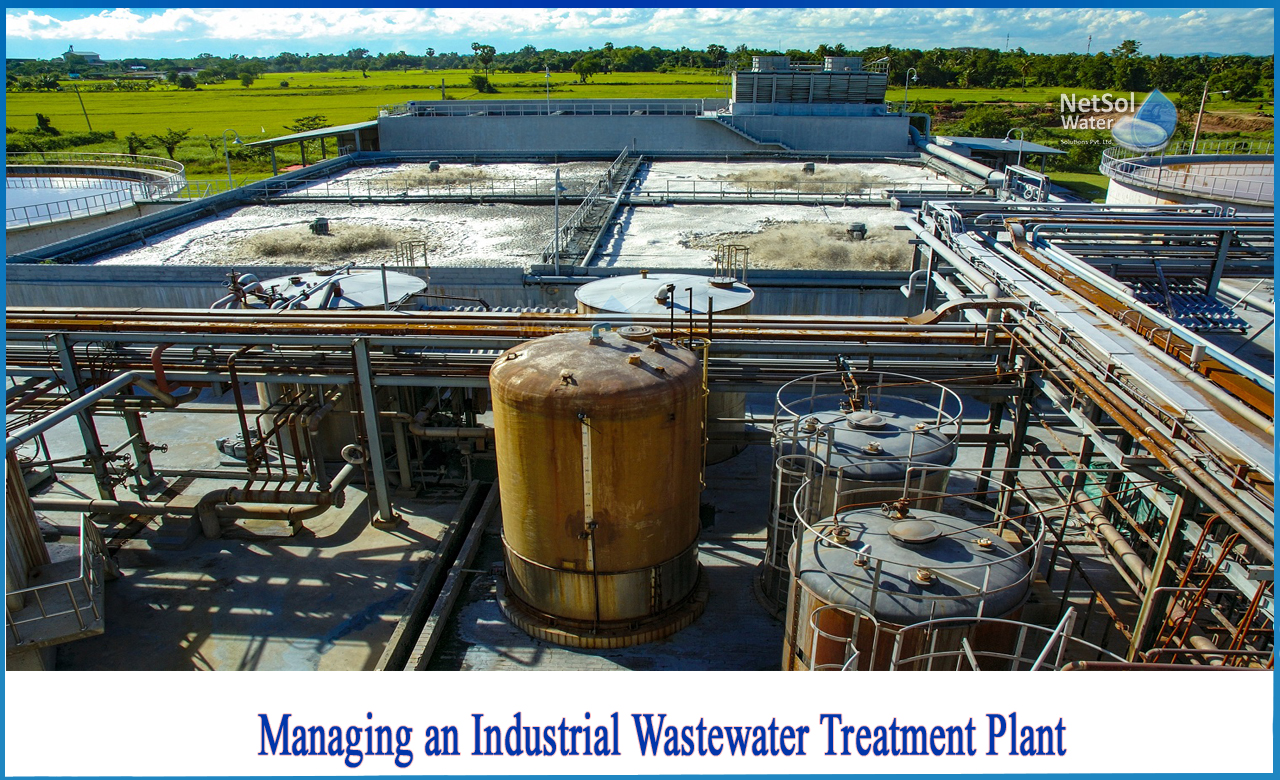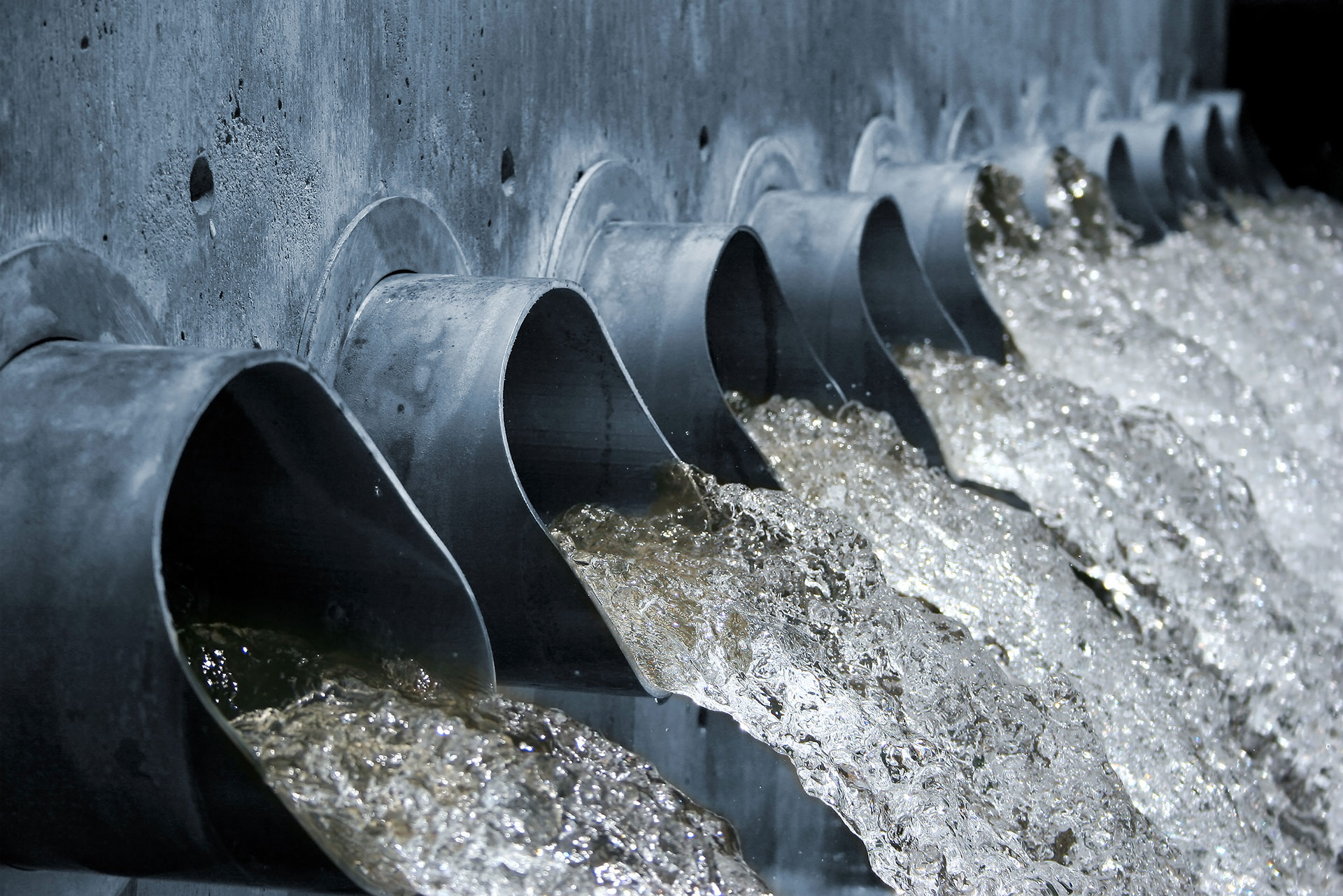Industrial Waste Water Treatment-- Secure the Atmosphere with Professional Water Treatment Solutions
Industrial Waste Water Treatment-- Secure the Atmosphere with Professional Water Treatment Solutions
Blog Article
Developments and Breakthroughs in Hazardous Waste Water Therapy Technologies
The landscape of industrial wastewater treatment is undergoing a transformative shift, driven by advancements that boost both performance and sustainability. As governing criteria progress, the integration of AI and machine knowing into wastewater management systems assures to guarantee and simplify procedures compliance.
Overview of Waste Water Therapy Technologies
Wastewater therapy modern technologies incorporate an array of approaches designed to get rid of pollutants from industrial effluents before their release into the atmosphere. These innovations are critical for maintaining eco-friendly equilibrium and making certain compliance with ecological regulations. The key classifications of wastewater treatment include physical, chemical, and biological methods, each serving distinct objectives based on the nature of the impurities existing.

Biological therapy approaches employ microorganisms to weaken organic issue, making them specifically reliable for organic-rich effluents. Methods like triggered sludge and biofilm activators harness the natural deterioration abilities of germs, bring about considerable decreases in biochemical oxygen demand (BODY)
Advanced Purification Methods
Advanced filtration methods represent a critical development in the world of commercial wastewater treatment, enhancing the effectiveness of impurity elimination processes. Industrial Waste Water Treatment. These methods incorporate a series of innovations, consisting of microfiltration, ultrafiltration, nanofiltration, and reverse osmosis, which provide consecutive barriers for various particle dimensions and chemical frameworks
Microfiltration and ultrafiltration use membrane systems to get rid of put on hold solids, germs, and larger natural particles, enhancing the quality of effluent previous to additional therapy. Nanofiltration bridges the space between ultrafiltration and reverse osmosis, effectively getting rid of divalent ions and natural substances, therefore reducing the tons on downstream processes.
Reverse osmosis uses the highest degree of filtration by enabling just water and little molecules to travel through its semi-permeable membrane layers, making it perfect for redeeming top quality water from commercial effluents. Current advancements in membrane layer innovation, including the growth of more resilient and fouling-resistant products, have dramatically enhanced operational performance and minimized costs.
Including these sophisticated filtration strategies not only boosts the general therapy process but additionally adds to sustainability efforts by making it possible for water reuse and resource recovery in industrial settings. (Industrial Waste Water Treatment)
Biological Therapy Innovations

Furthermore, the growth of engineered organic systems, such as membrane layer bioreactors (MBRs), incorporates biological therapy with innovative membrane filtration. This integration permits greater effluent top quality and lowered footprint, making it ideal for space-constrained industrial facilities. Developments in genetically crafted microbes have additionally arised, improving the biodegradation of certain impurities, such as pharmaceuticals and heavy metals, that are traditionally challenging to get rid of.
Furthermore, the application of bioaugmentation approaches, where advantageous microbes are introduced to boost the existing organic therapy procedures, has shown promising cause boosting treatment efficiency. These innovations collectively signify a pattern in the direction of more effective and lasting biological treatment approaches that can adapt to the developing complexities of commercial wastewater streams. As markets remain to focus on environmental compliance, these biological advancements will play a vital function in wastewater monitoring.

Resource Recovery Methods
In commercial setups, the combination of source healing approaches has actually become significantly crucial for enhancing sustainability and minimizing waste. These approaches focus on removing important products and power from wastewater streams, thereby changing possible contaminants right into multiple-use resources.
One popular approach is nutrient recuperation, where nitrogen and phosphorus, frequently present in excess in wastewater, are caught and converted into plant foods. This not only reduces ecological impacts however likewise supplies a circular economy solution for farming applications. Furthermore, innovations such as anaerobic digestion permit for the conversion of natural waste into biogas, a renewable resource resource that can offset nonrenewable fuel source usage in industrial procedures.
Furthermore, progressed filtration and membrane layer technologies promote the healing of commercial by-products such as salts and steels. These recovered materials can be rehabilitated into production procedures, reducing the demand for virgin resources.
Future Fads in Drainage Administration
As markets significantly prioritize sustainability, the future of wastewater administration is readied to undertake substantial changes. Technical advancements, such as expert system and equipment knowing, will certainly enable a lot more effective monitoring and management of wastewater systems. These technologies can anticipate upkeep needs, optimize therapy processes, and enhance decision-making, inevitably decreasing operational prices and ecological influence.
In addition, the assimilation of round economic situation concepts will play a critical function in wastewater administration. Industries are anticipated to shift in the direction of systems that not only deal with wastewater however likewise recover valuable sources, such as nutrients, water, and energy. This change will certainly decrease waste and advertise the reuse of products, aligning with global sustainability objectives.
Arising treatment strategies, such as membrane bioreactors and advanced oxidation procedures, will even more improve the effectiveness of wastewater therapy, enabling greater high quality effluents appropriate for reuse. Additionally, regulatory frameworks are likely to evolve, emphasizing stricter criteria for wastewater discharge and motivating sectors to take on ingenious treatment remedies.
Conclusion
In conclusion, the advancement of commercial wastewater treatment innovations demonstrates a considerable change in the direction of improved efficiency and sustainability (Industrial Waste Water Treatment). Innovations in innovative filtering techniques, organic treatments, and source healing techniques highlight the market's dedication to ecological blog here stewardship.
The landscape of industrial wastewater therapy is undergoing a transformative shift, driven by developments that boost both performance and sustainability.Wastewater therapy technologies encompass a variety look at here of techniques developed to get rid of pollutants from industrial effluents prior to their launch into the setting.Taking advantage of the power of organic processes has actually led to significant advancements in the therapy of industrial wastewater.Furthermore, the execution of bioaugmentation methods, where useful germs are introduced to boost the existing organic therapy procedures, has revealed encouraging results in enhancing treatment efficiency. These innovations collectively signify a trend towards more reliable and lasting biological therapy methodologies over here that can adjust to the developing complexities of industrial wastewater streams.
Report this page